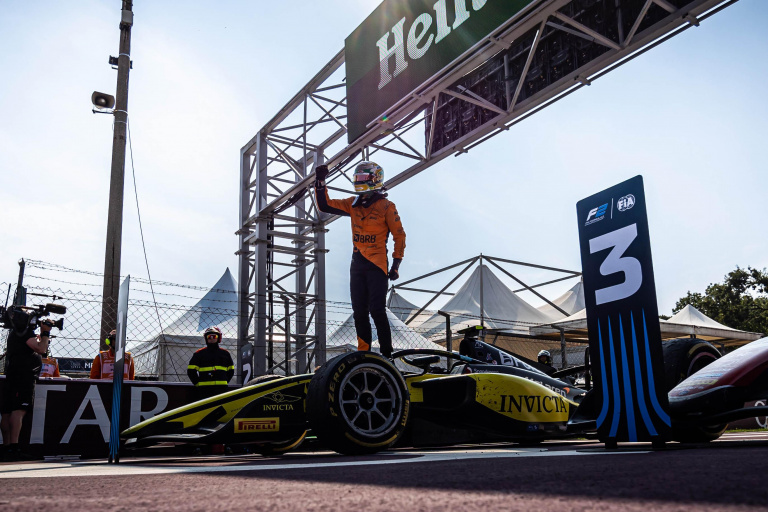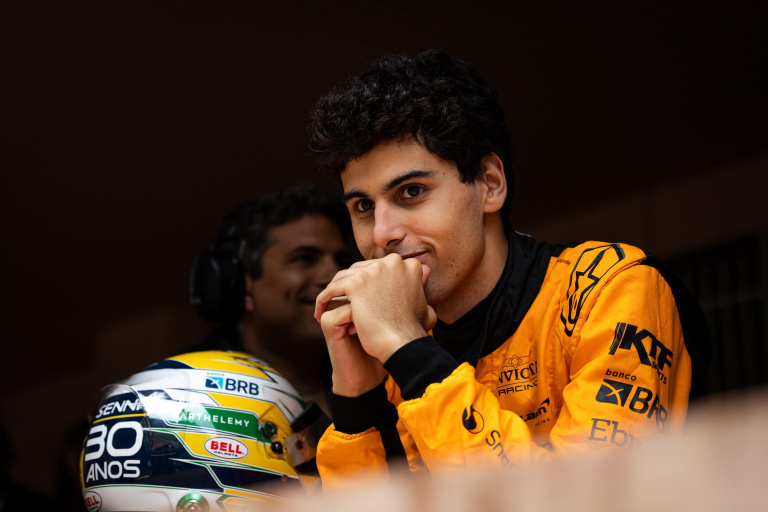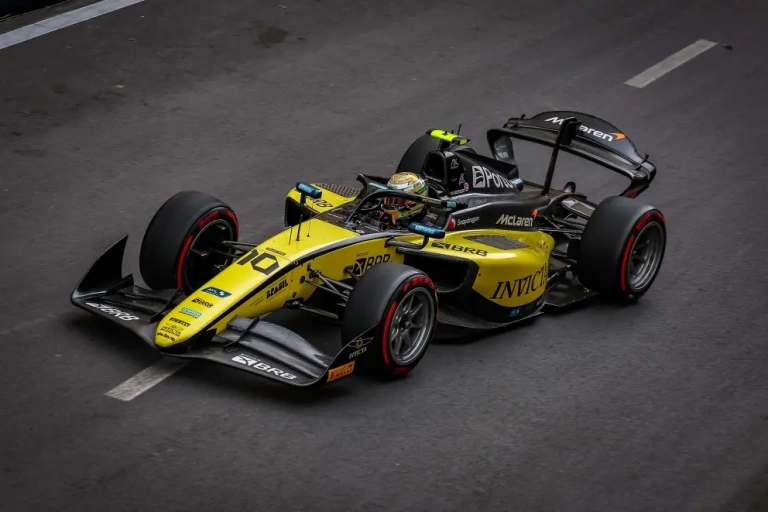As the 2025 FIA Formula 2 Championship draws to a close, the teams return to the Middle East for the season’s final flyaway leg. It’s the last push in what has been a gruelling campaign – but before the cars take to the track, another kind of race begins.
Behind the scenes, an intricate logistical operation unfolds to ensure every piece of equipment, from the chassis to the smallest tool, arrives exactly where it needs to be – covering more than 40,000 miles across the season.
Performance Engineer, Alex Thew, lifts the lid on what it takes to move an entire Formula 2 team across the world – from early packing to tight post-race deadlines – and reveals the immense coordination required to keep things running smoothly.
Packing up: the countdown begins
“For a flyaway event, we usually start packing about a week and a half before we need to be at the circuit,” Alex explains.
“Everything leaves our workshop, goes by truck to Milan Malpensa, and from there, DHL handles the freight to the circuit.”
Unlike the European rounds – where teams can transport a full setup by truck – flyaway races require the team to operate under strict freight limits due to shared cargo space with the rest of the F2 paddock. Invicta’s 7.5 tonnes of freight typically travels by air to these races, but for the Baku to Qatar leg, it travels by sea due to the longer gap between races.
“There’s a lot of kit we take around Europe that there’s just no room for when we fly,” Alex says.
“Because it all travels on the same plane with the other teams’ equipment, we have to be meticulous. A lot of the nice-to-have items – things like spare furniture, or hospitality setups – get stripped away. We focus purely on what we need to run the cars.”
This leaner setup demands precise planning. Especially when travelling by sea – where all the team’s freight boxes must fit into a single shipping container – every kilogram matters, and each item packed must justify its space.
THE RACE BEFORE THE RACE
Once the freight reaches its destination, teams typically gain access on the Tuesday before the race weekend begins. For back-to-back events – like Sakhir and Jeddah or Lusail and Yas Island – the timeline can tighten, and teams may not gain access until Wednesday.
©: Dutch Photo Agency
“Setting up usually takes most of the morning,” Alex explains.
“It’s about three to four hours when we’re not rushing, just making sure everything’s done nicely. But if we have to hurry, it can be done in a couple of hours or less.”
Once the chequered flag drops at the end of a race weekend, the logistical clock starts ticking again. Teams must have their freight ready by a strict deadline – typically 22:00 on Sunday night.
“Usually, we have plenty of time,” Alex notes. “But if there’s an early flight, or if something happens on track that delays us, then things can get a bit hectic. That’s when everyone pitches in to make sure we meet the cutoff.”
In double-header situations, those time pressures are magnified. Equipment needs to be broken down, packed, and transferred to the next venue in record time – all while maintaining the same level of care and accuracy.
It’s a masterclass in logistical coordination – a global operation that demands precision, teamwork and relentless attention to detail, representing a true embodiment of the Invicta spirit.


